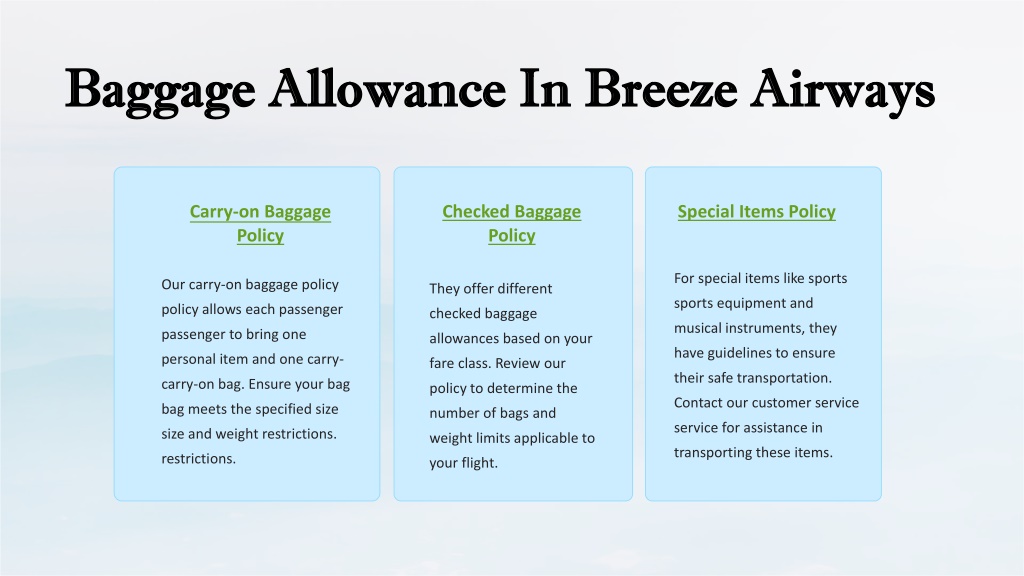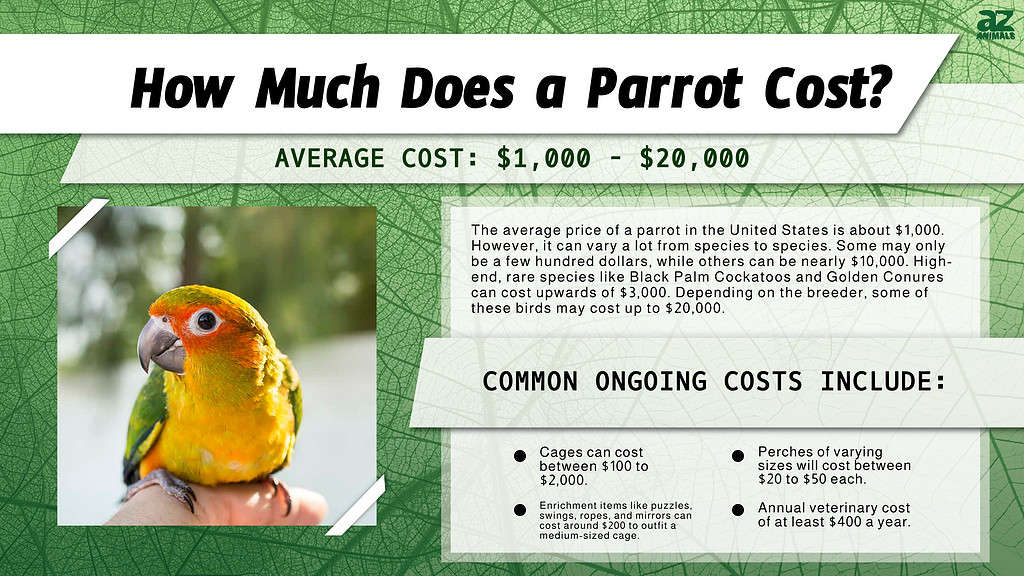How Much Does A Breeze Cost

Imagine standing on a sun-drenched beach, the fine sand warm beneath your feet. The air is still, heavy with the promise of a sweltering day. Suddenly, a gentle caress brushes your cheek, a whisper of coolness that dances through the palm trees. It’s a breeze, a fleeting moment of respite, and for that instant, everything feels just a little bit better.
While we can't put a literal price tag on the simple pleasure of a breeze, the forces that create them – atmospheric conditions, environmental health, and even global economics – have a profound and measurable cost. Understanding the intricate relationship between these factors reveals that the "cost" of a breeze is far more complex than it appears, deeply entwined with our environmental responsibilities and the long-term sustainability of our planet.
The Science of a Sigh: How Breezes are Born
Breezes are born from differences in air pressure. Warm air rises, creating areas of low pressure, while cool air sinks, creating areas of high pressure. Air naturally flows from areas of high pressure to areas of low pressure, and this movement of air is what we experience as wind, whether it's a gentle breeze or a powerful gale.
Several factors contribute to these pressure differences. Solar radiation, the Earth's rotation (the Coriolis effect), and topographical features like mountains and bodies of water all play a role in shaping local and global wind patterns. It's a beautifully complex system, constantly shifting and responding to myriad influences.
The True Cost: Climate Change and Air Quality
The frequency, intensity, and even direction of breezes are being altered by climate change. According to the Intergovernmental Panel on Climate Change (IPCC), rising global temperatures are leading to shifts in atmospheric circulation patterns, which are causing more frequent and intense heatwaves in some regions, and changes in rainfall patterns and storm activity in others.
These shifts directly impact the formation and behavior of breezes. For example, areas experiencing prolonged droughts may see fewer land breezes, as the temperature differences between land and sea become less pronounced. Coastal areas may experience stronger and more frequent sea breezes, but also more intense storms fueled by warmer ocean temperatures.
Beyond climate change, air quality also affects the "cost" of a breeze. Polluted air, laden with particulate matter and other pollutants, diminishes the simple joy of a fresh breath. The World Health Organization (WHO) estimates that air pollution is responsible for millions of deaths each year, highlighting the devastating impact of compromised air quality.
Efforts to mitigate climate change and improve air quality come at a cost, both financial and societal. Investing in renewable energy sources, implementing stricter emissions standards, and promoting sustainable transportation all require significant resources. However, the long-term benefits – cleaner air, a more stable climate, and healthier ecosystems – far outweigh the short-term costs.
Wind as a Resource: Harnessing the Breeze
For centuries, humans have harnessed the power of wind for various purposes. From sailing ships to windmills, wind energy has been a valuable resource. Today, wind turbines are a crucial component of the renewable energy landscape, providing a clean and sustainable alternative to fossil fuels.
The cost of wind energy has decreased dramatically in recent years, making it increasingly competitive with traditional energy sources. According to the International Renewable Energy Agency (IRENA), the levelized cost of electricity from onshore wind projects has fallen by more than 70% since 2010. This makes wind energy a viable option for reducing carbon emissions and mitigating climate change.
However, wind energy development also has its challenges. Concerns about visual impacts, noise pollution, and potential impacts on wildlife need to be addressed through careful planning and mitigation measures. Balancing the benefits of clean energy with the protection of natural resources is essential for sustainable wind energy development.
The Economics of Air: Trade Winds and Global Markets
Historically, trade winds played a crucial role in global trade and exploration, shaping the course of history. Today, while not the sole driver of international commerce, atmospheric conditions, including breezes and wind patterns, still affect shipping routes, agriculture, and even tourism.
Changes in wind patterns can disrupt shipping lanes, leading to delays and increased costs. Extreme weather events, such as hurricanes and typhoons, can cause significant damage to infrastructure and disrupt global supply chains. The economic consequences of these disruptions can be substantial.
Furthermore, the increasing commodification of environmental resources, such as carbon credits and clean air technologies, introduces new economic dimensions to the "cost" of a breeze. As governments and businesses strive to reduce their environmental impact, the demand for these resources is growing, creating new markets and investment opportunities.
A Breath of Perspective: Finding Value in the Ephemeral
Ultimately, the "cost" of a breeze is a reminder of our interconnectedness with the natural world. It prompts us to consider the true value of clean air, a stable climate, and healthy ecosystems. It compels us to think about the choices we make and their impact on the planet.
While we may not be able to put a precise monetary value on the simple pleasure of a breeze, we can appreciate its intrinsic worth. We can recognize that protecting the environment and mitigating climate change are not just economic imperatives, but also moral obligations.
By embracing sustainable practices, investing in clean energy, and prioritizing air quality, we can ensure that future generations will continue to experience the refreshing touch of a cool breeze. It's an investment in our collective well-being, a testament to our commitment to a healthier and more sustainable planet. The cost of inaction is far greater.


















